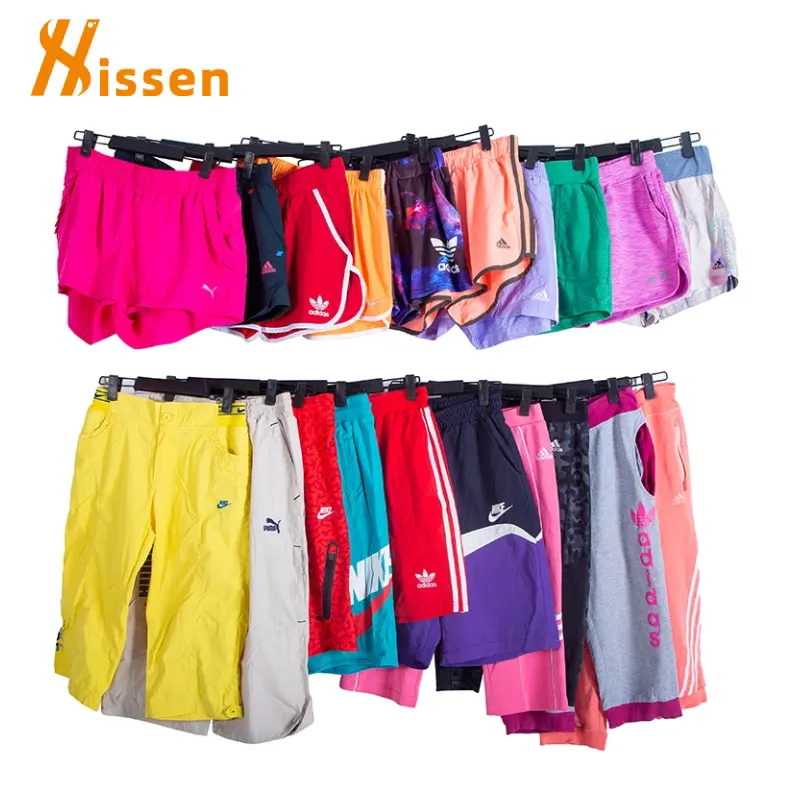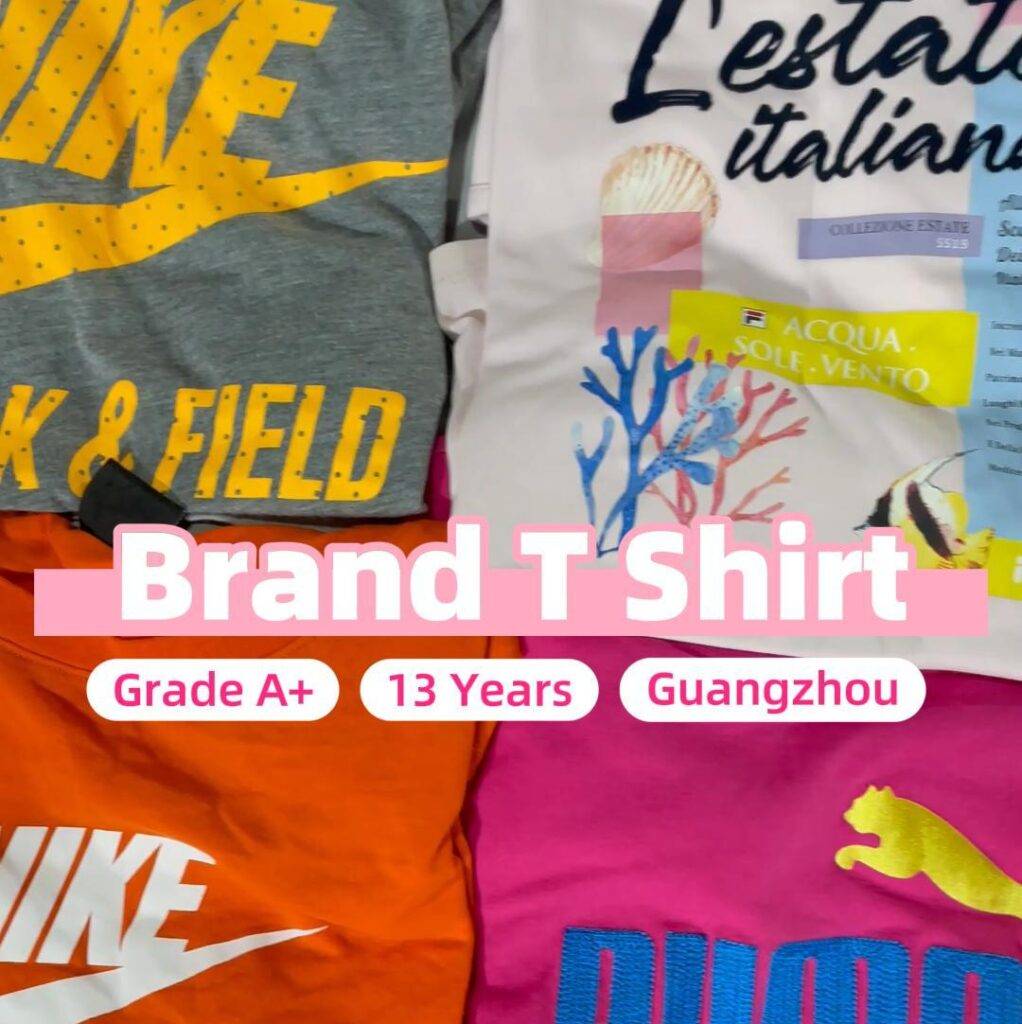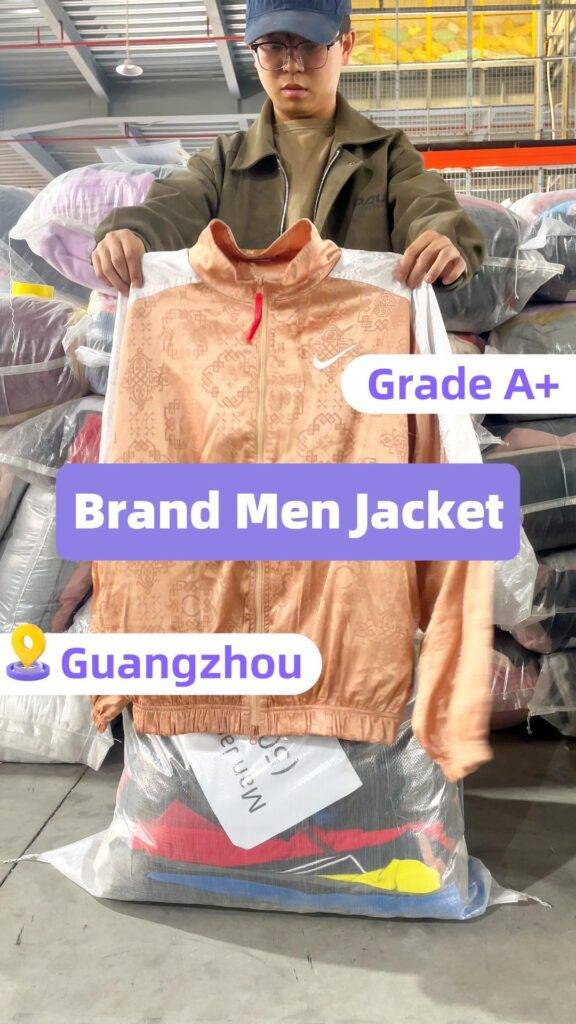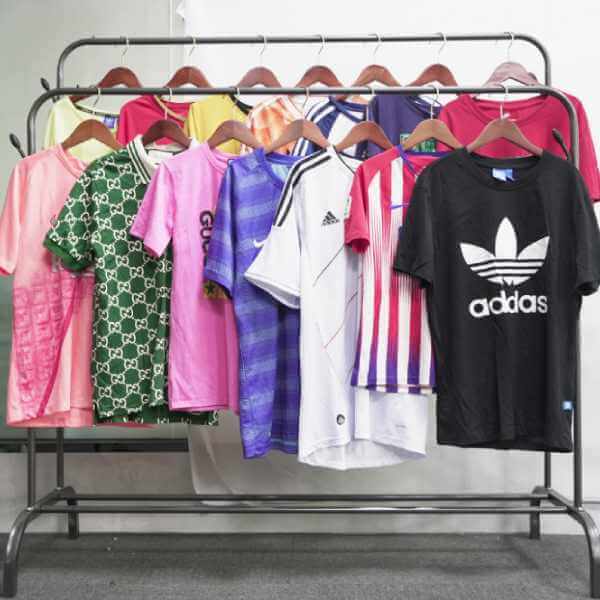Introduction: Global Overview of the Used Clothes and Branded Clothing Bales Market
The global market for used clothes has evolved from a niche recycling activity into a thriving international trade that links suppliers, wholesalers, and retailers across continents. In today’s interconnected economy, demand for wholesale used brand clothes and branded clothing bales is no longer limited to local thrift shops or small-scale resellers. Instead, bulk purchasing and organized distribution networks are driving a powerful B2B ecosystem.
For global distributors, the trade in second-hand apparel offers an attractive balance of high demand, steady supply, and sustainable growth potential. Branded clothing bales in particular carry strong appeal because they offer buyers a combination of affordability, quality, and recognizable fashion value. Unlike generic used clothes, branded assortments tend to retain a higher level of desirability among end consumers.
Africa and Southeast Asia have emerged as two of the most dynamic destinations for second-hand apparel. Both regions are experiencing rapid urbanization, changing consumer aspirations, and an appetite for stylish yet affordable clothing. For B2B buyers—including wholesalers, distributors, and retail chain operators—these markets present a unique opportunity to secure long-term growth through reliable sourcing and bulk supply partnerships.
In this context, the role of a used clothes manufacturer becomes crucial, as reliable supply chains ensure that distributors can consistently access these bales for their buyers. Partnering with a trusted used clothes manufacturer helps global distributors secure consistent quality and supply of these bales for wholesale distribution.

The African Market: Demand and Consumer Characteristics
Africa has long been a central hub for second-hand apparel imports. The continent’s dynamic retail landscape—from bustling local markets to emerging fashion outlets—relies heavily on the steady flow of used clothes and branded clothing bales.
One of the key characteristics of African markets is the strong consumer preference for affordable clothing that does not compromise on quality. Branded apparel, even when pre-owned, carries a symbolic value. End customers perceive used brand clothes as more fashionable, longer-lasting, and better fitting compared to unbranded alternatives. This perception translates directly into higher sales for retailers and greater profitability for wholesalers.
Another factor fueling demand in Africa is the diversity of its consumer base. Urban youth populations are eager for modern styles, while rural communities prioritize durability. For distributors, this diversity creates opportunities to segment product offerings and tailor supply chains according to regional requirements. For instance, bulk shipments of these bales may be directed to urban hubs where brand-conscious buyers drive sales, while mixed assortments of general used clothes are better suited for rural distribution.
B2B buyers entering the African market also benefit from the well-established resale culture. Local markets and open-air stalls provide efficient retail channels, where wholesalers can distribute bales to smaller vendors in large volumes. This layered distribution system ensures that even small retailers can participate in the trade, making Africa a high-turnover market for global suppliers.
For international distributors, the African market demonstrates a clear pattern: these bales wholesale represent not only a profitable import category but also a sustainable growth engine. By building relationships with regional wholesalers and aligning with their consumer insights, global suppliers can maximize penetration and long-term market share. For international distributors, building long-term relationships with trusted used clothes wholesale suppliers in the Africa provides a competitive advantage in meeting the continent’s growing demand for branded clothing bales.

The Southeast Asian Market: Demand and Consumer Characteristics
Southeast Asia represents another fast-growing destination for used clothes and used brand clothes, shaped by cultural, economic, and social dynamics. Across countries in the region, second-hand apparel has transformed from being seen as a low-cost necessity to a mainstream retail category, embraced by both middle-class consumers and budget-conscious buyers.
What distinguishes Southeast Asia from other regions is the integration of second-hand clothing into fashion trends. Many consumers actively seek second-hand brand clothes not only for affordability but also for their unique, fashionable appeal. Younger demographics are particularly drawn to branded apparel because it aligns with global fashion standards while remaining cost-effective. This consumer mindset creates steady demand for branded clothing bales in bulk.
From a B2B perspective, Southeast Asia’s retail infrastructure is highly favorable. Countries in the region feature a mix of large-scale markets, small independent shops, and increasingly, online resale platforms. This variety allows wholesalers and distributors to diversify their sales strategies, supplying both physical retailers and digital channels. For bulk buyers, this flexibility ensures that no single retail format dominates, reducing dependence on one outlet.
Another consumer characteristic in Southeast Asia is the emphasis on choice. Buyers expect variety in terms of style, size, and condition. As a result, branded clothing bales wholesale shipments that include a wide assortment of second-hand brand clothes tend to sell faster. Distributors who understand this preference can position themselves as reliable partners by consistently providing diverse and high-quality supply.
Global distributors eyeing Southeast Asia also gain from the region’s youthful demographics and rapid urbanization. With populations increasingly living in cities, the demand for trendy, branded apparel is accelerating. By supplying consistent volumes of second-hand clothes and branded assortments, B2B suppliers can become indispensable players in the local retail landscape. For bulk buyers exploring regional opportunities, partnering with reliable used clothes wholesale suppliers in Southeast Asia ensures consistent access to high-quality branded clothing bales.

Core Reasons Why Branded Clothing Bales Are Popular
The growing popularity of branded clothing bales in Africa and Southeast Asia is rooted in a mix of economic, cultural, and practical factors.
- First, affordability remains a primary driver. Consumers in emerging markets are price-sensitive, yet they aspire to wear fashionable and durable apparel. Branded clothing, even in its second-hand form, provides them with a cost-effective way to access global fashion standards. For B2B buyers, this translates into stronger retail performance and higher turnover rates compared to generic used clothes.
- Second, quality and durability distinguish used brand clothes from unbranded alternatives. Branded items are often manufactured with higher standards, meaning they retain their appearance and wearability even after extended use. For wholesalers and retailers, this durability reduces returns and increases customer satisfaction—two critical factors in building long-term business success.
- Third, fashion relevance plays a significant role. Consumers in both Africa and Southeast Asia value style as much as practicality. Branded clothing bales provide assortments that are perceived as trendier and more desirable than unbranded bulk clothing. Retailers who stock branded options benefit from repeat customers who associate their shops with quality and fashion credibility.
- Fourth, the resale culture in these markets thrives on trust. End consumers often rely on word-of-mouth and personal recommendations when choosing where to purchase clothing. Retailers who offer second-hand brand clothes gain an advantage because customers perceive these items as better value for money. For distributors, this creates a multiplier effect: one shipment of branded clothing bales can generate ripple effects of loyalty across multiple retail layers.
- Finally, sustainability adds a global dimension. While many consumers are primarily motivated by affordability, there is also growing awareness of the environmental benefits of reusing and recycling clothing. By positioning these bales wholesale as both cost-effective and environmentally responsible, distributors appeal to both B2B buyers and the end consumers they serve.

Global Opportunities for Distributors
For global distributors, the rising demand for used clothes and branded clothing bales in Africa and Southeast Asia represents a strategic opportunity to expand operations.
- One of the clearest opportunities lies in bulk supply partnerships. Regional wholesalers and retailers are constantly seeking reliable international partners who can provide steady volumes of used brand clothes. By entering into long-term contracts, distributors can secure predictable revenue streams and strengthen their presence in high-demand regions.
- Another advantage for distributors is the scalability of the market. Both Africa and Southeast Asia feature extensive retail ecosystems that thrive on layered distribution—from bulk buyers to smaller vendors. This layered system allows international distributors to serve multiple tiers simultaneously, maximizing market penetration.
- Additionally, these bales wholesale create avenues for differentiation. Unlike generic second-hand clothes, branded assortments provide a unique selling proposition that appeals to both retailers and end consumers. By consistently offering branded clothing bales, global distributors can position themselves as premium suppliers within the second-hand apparel sector.
For B2B buyers, the ability to access branded assortments from international distributors offers competitive advantages in local markets. Retailers who stock branded bales are more likely to attract loyal customers, while wholesalers gain reputational benefits by being associated with quality supply. Distributors who recognize and facilitate this value chain can build lasting relationships across both continents.

Potential Challenges and Risk Factors
While the opportunities are significant, distributors must also be aware of potential challenges when supplying used clothes and branded clothing bales to Africa and Southeast Asia.
- One of the most common challenges is logistics. The transportation and distribution of large volumes of clothing bales require efficient systems to minimize costs and prevent delays. For international distributors, building reliable shipping routes and regional warehouses can mitigate these risks.
- Another challenge is regulatory compliance. Both Africa and Southeast Asia have countries with strict import rules, tariffs, or regulations concerning second-hand clothing. Distributors must work closely with local partners to ensure compliance and avoid unexpected disruptions.
- Quality assurance is another risk factor. B2B buyers expect consistency in the condition of second-hand brand clothes, and variations in quality can damage long-term trust. Distributors who implement rigorous sorting and grading systems will have an advantage in retaining buyers.
- Finally, competition within the sector is growing. As more distributors enter the trade, buyers have a wider choice of suppliers. Building strong reputations through transparency, reliability, and customer service is essential for maintaining a competitive edge.

Conclusion and Future Outlook
The demand for branded clothing bales in Africa and Southeast Asia is a testament to the evolving role of the second-hand apparel industry in the global economy. For B2B buyers, these markets offer a rare combination of high demand, cultural acceptance, and long-term growth potential.
Global distributors who align with local market dynamics, partner with reliable wholesalers, and source from trusted suppliers will be well-positioned to capture these opportunities. As awareness of both affordability and sustainability continues to rise, the appeal of used clothes and used brand clothes will only strengthen.
For international businesses, now is the time to recognize the potential of these markets and establish supply networks that ensure future success. By focusing on branded clothing bales wholesale, distributors can become key players in shaping the future of the global used apparel industry.



